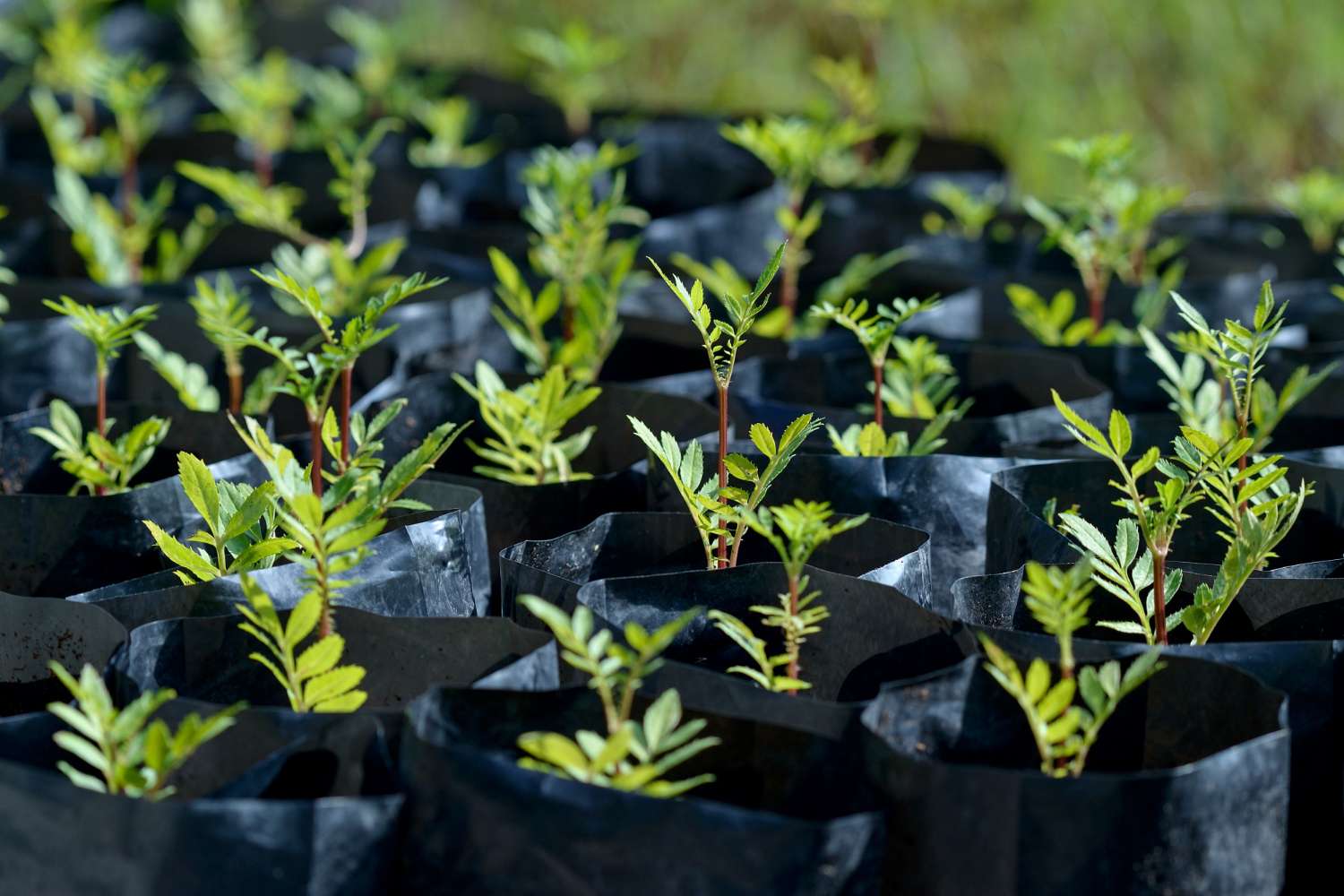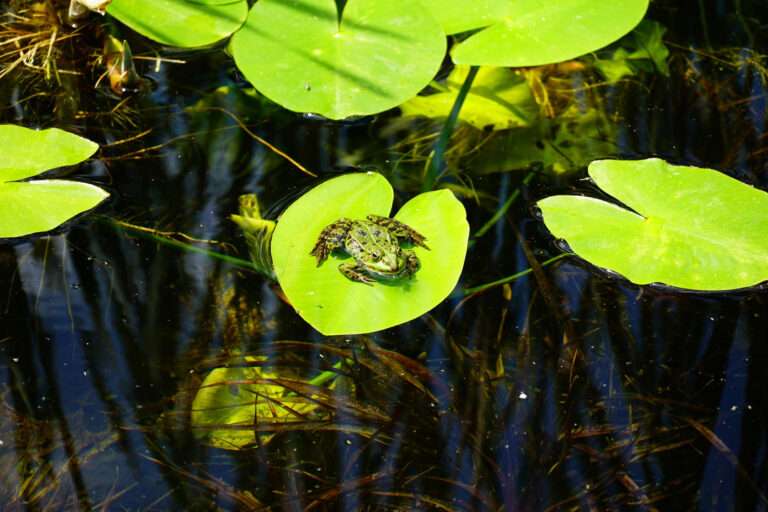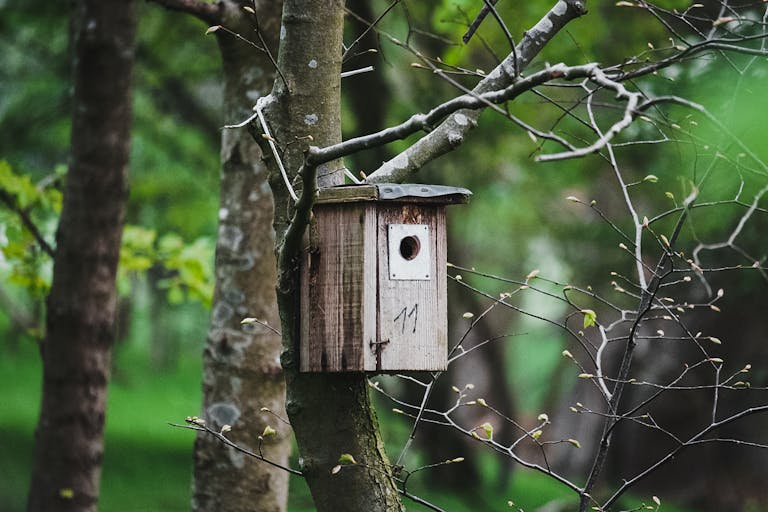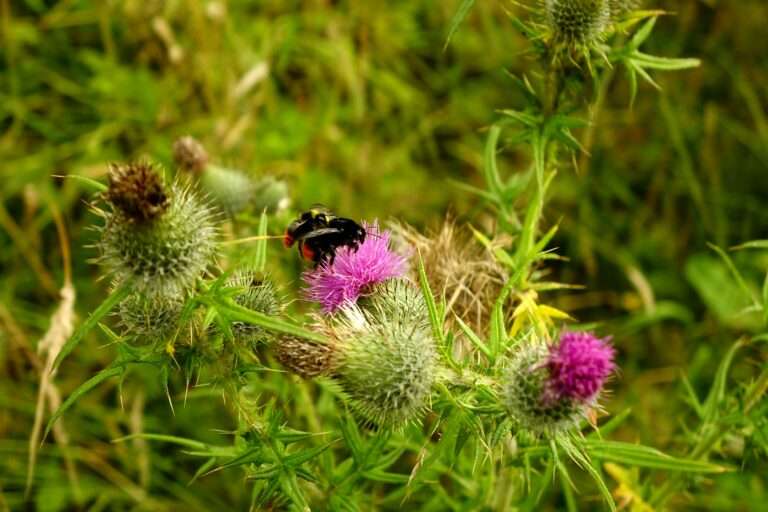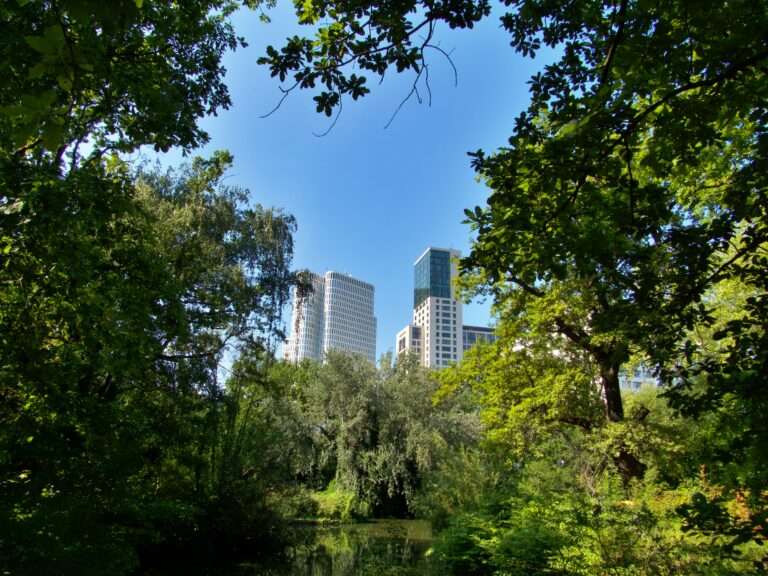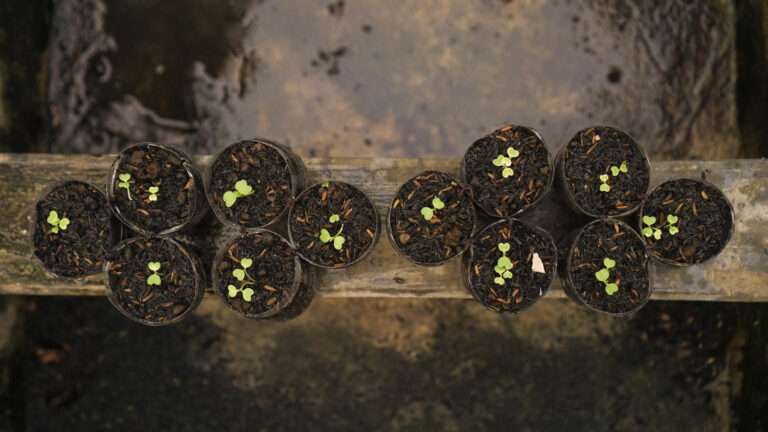Planting Trees for Commercial Woodlands: A Smart, Profitable and Sustainable Investment
The UK’s appetite for sustainability is growing—and so is the demand for responsibly managed woodland. If you own land, or are considering investment in rural property, planting trees for commercial woodlands could be one of the smartest and most environmentally responsible decisions you make. From long-term financial returns to biodiversity benefits, the rewards are plentiful. But how does it all work in practice? What species are best suited to commercial planting? How do you ensure success from sapling to mature timber? Let’s dig into the practical, profitable world of commercial woodland creation in the UK.
Why Plant Commercial Woodland?
Planting trees for commercial woodlands isn’t just good for the planet—it’s a growing opportunity for UK landowners, farmers, and investors.
Here’s why it’s gaining traction:
- Tax-efficient investment: Commercial woodland is one of the few assets in the UK that benefits from multiple tax reliefs, including Inheritance Tax (IHT) and Capital Gains Tax (CGT) relief.
- Reliable long-term returns: Timber is in strong and steady demand, particularly for construction, fencing, and biomass fuel. Once mature, a well-managed woodland can yield a consistent revenue stream.
- Environmental benefits: Trees store carbon, support wildlife, and prevent soil erosion, aligning with national rewilding and climate objectives.
- Grants and incentives: The UK government and devolved administrations offer generous support to help cover planting and maintenance costs.
Best Tree Species for Commercial Woodlands in the UK
Choosing the right species is crucial for long-term success. Factors such as soil type, location, climate, and market demand all play a role. Here are the most popular commercial options:
1. Sitka Spruce
- Fast-growing and high-yielding
- Ideal for construction and pulpwood
- Thrives in upland areas of Scotland, Wales and Northern England
2. Douglas Fir
- High-value timber
- Excellent for structural uses
- Prefers well-drained, slightly acidic soils
3. Scots Pine
- Resilient native conifer
- Useful for fencing and interior joinery
- Tolerant of poor soils
4. Oak (Pedunculate and Sessile)
- Valuable hardwood
- Long rotation but excellent for high-end furniture and flooring
- Encourages biodiversity and native habitat creation
5. Hybrid Poplar and Willow
- Fast-growing, ideal for biomass
- Short rotation (10–20 years)
- Suitable for lowland sites
Planning and Planting for Success
Planting commercial woodland requires more than just digging holes. The most successful schemes begin with a robust plan. Here’s what you’ll need to think about:
1. Site Assessment
Survey your land for:
- Soil pH and drainage
- Elevation and exposure
- Existing vegetation
- Access for planting, thinning and harvesting
2. Design and Layout
Plan for:
- Optimal spacing (usually 2m x 2m for conifers)
- Firebreaks and access tracks
- Buffer zones around watercourses and habitats
- Diversity of species for resilience
3. Grant Applications
Most landowners apply for funding through schemes like:
- England’s Countryside Stewardship Woodland Creation Grant
- Scotland’s Forestry Grant Scheme
- Wales’ Glastir Woodland Creation
These can fund:
- Site preparation
- Fencing and tree guards
- Planting labour
- Ongoing maintenance
4. Professional Help
Although you can self-manage, it’s often advisable to work with a forestry consultant or land management expert. They’ll help you navigate regulation, grant paperwork and species selection. (See our page on Tree Planting & Woodland Creation).
Frequently Asked Questions
How long before I see a return?
Typical rotations for commercial conifers like Sitka Spruce range from 30–40 years. However, early thinning and biomass harvesting can provide income from as early as year 10.
Can I claim tax reliefs?
Yes. Commercial woodlands managed with the intent of timber production are generally exempt from Inheritance Tax after two years and may qualify for CGT relief. Always consult a tax adviser.
What are the risks?
Like any crop, trees are vulnerable to pests, disease and extreme weather. Diversifying species, spacing appropriately, and managing well reduces these risks. Timber markets can fluctuate, but long-term demand has remained stable.
Do I need planning permission?
For planting trees, you usually won’t need full planning permission, but some sites may require Environmental Impact Assessments. If in doubt, consult the Forestry Commission.
Environmental and Financial Benefits Combined
Commercial woodland isn’t just about harvesting timber. It offers landowners a way to protect their estate from soil degradation, boost wildlife populations, and leave a legacy that matters.
Carbon credits are also a growing market in the UK. Woodland creation schemes that meet Woodland Carbon Code standards can sell carbon units to businesses looking to offset emissions—providing yet another income stream.
The Bigger Picture: Future-Proofing Land Use
With agriculture under increasing pressure, diversifying into forestry is a way to secure land value, increase productivity, and meet net-zero targets. As timber demand continues to outstrip supply, the UK must grow more of its own—currently, 80% of timber is imported.
Whether you’re a private landowner, institutional investor, or part of a farming family, tree planting for commercial woodland should be on your radar.
Conclusion
The benefits of planting trees for commercial woodland are layered and long-lasting. From profitable timber returns and tax advantages to vital environmental gains, it’s an investment in both planet and profit. With expert guidance, government grants, and a well-structured plan, your woodland could grow into one of your most valuable assets—both financially and ecologically.
If you’re ready to take the first step, make sure your woodland creation strategy is backed by professional insight and sound management. Planting the right trees in the right place isn’t just smart—it’s sustainable.
Killingley Insights is the editorial voice of NT Killingley Ltd, drawing on decades of experience in landscaping, environmental enhancements, and civil engineering projects across the UK.


